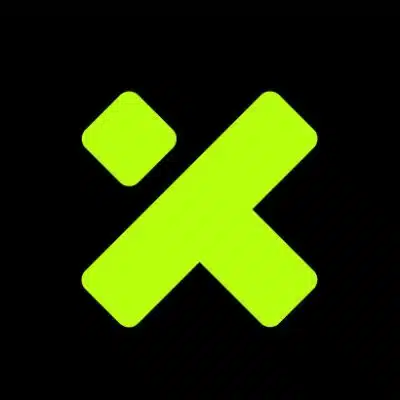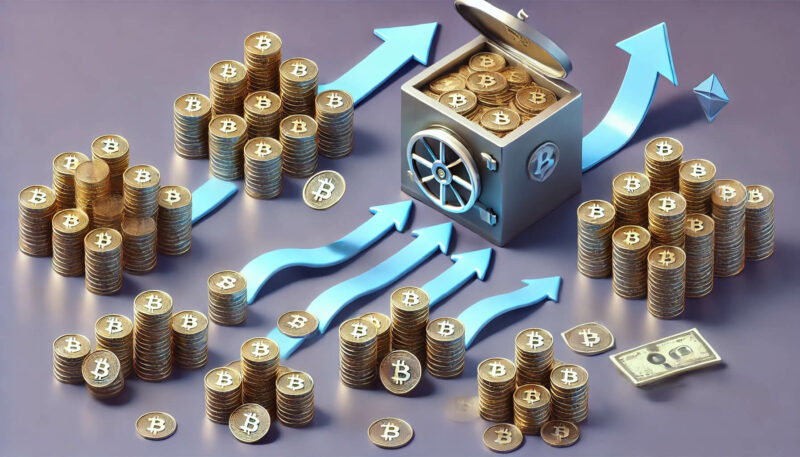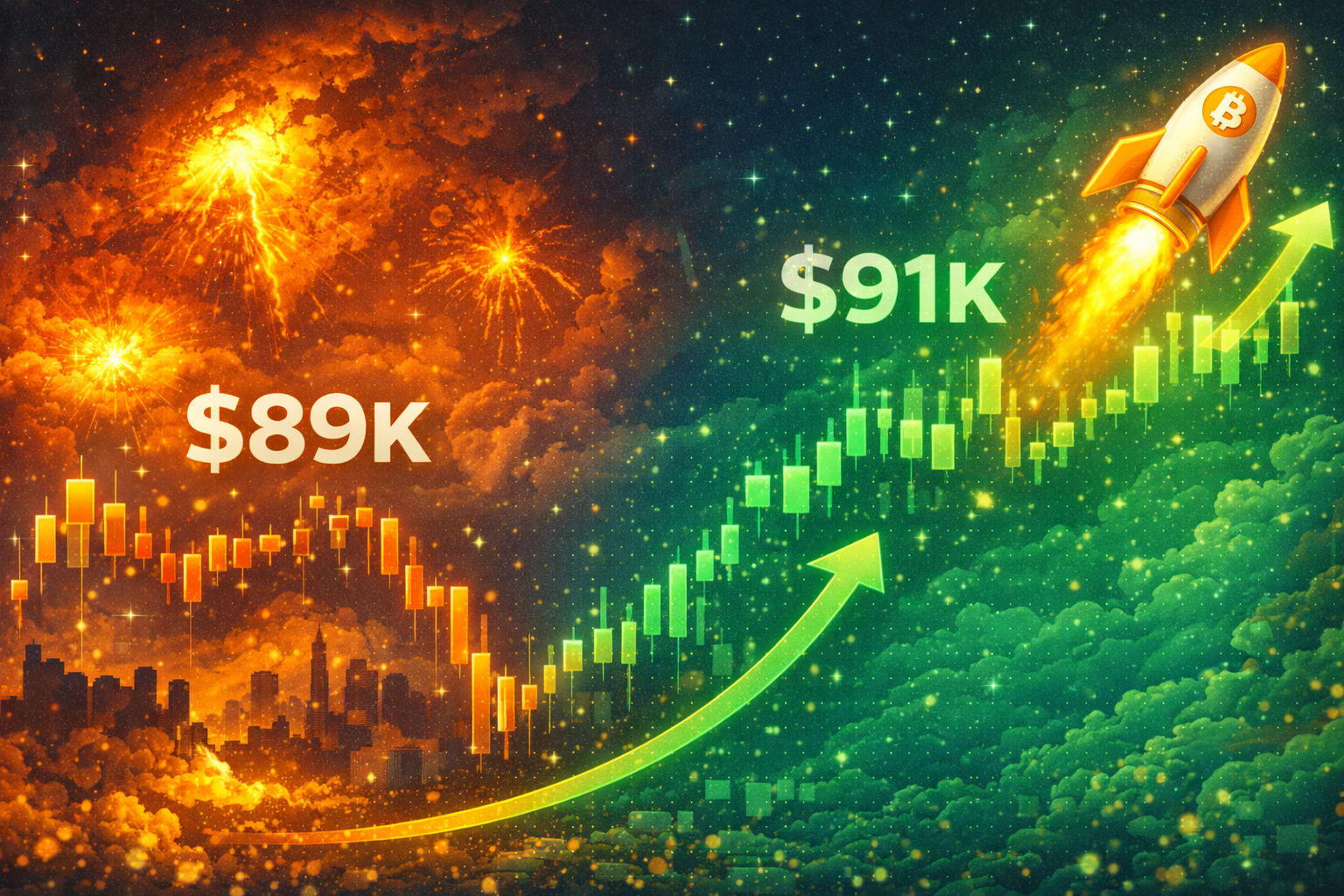Staking is not just a technical feature in cryptocurrency—it has fundamentally changed how markets behave. Staking locks up large amounts of cryptocurrency, affecting everything from liquidity to price movements. But how exactly does staking shift these market dynamics? Let’s dive into the key impacts of staking on the cryptocurrency ecosystem.
1. Staking Reduces Liquidity in the Market
Staking, by its very nature, reduces the amount of liquid cryptocurrency available for trading. When you stake tokens, they become locked for a certain period, meaning they can’t be traded or sold until the lock-up period ends. For instance, Ethereum 2.0 staking locks up ETH until the full transition to Proof-of-Stake (PoS) completes, which could take years. This reduction in tradable supply can create scarcity, leading to tighter markets.
Example:
Imagine a scenario where 50% of all stakable Ethereum is locked up in staking contracts. With half of the circulating supply removed from the market, traders have fewer tokens to buy or sell, which could increase demand and push prices higher.
2. Staking Promotes Price Stability
One of the unintended but positive effects of staking is price stability. With large portions of cryptocurrency locked in staking contracts, sudden price drops are less likely. Investors who stake their assets are typically long-term holders, less likely to panic sell during market downturns.
Example:
In a market downturn, if 60% of a cryptocurrency like Solana is staked, only 40% of the supply is available for trading. This lower liquidity can limit the number of tokens dumped into the market, softening the blow of a price crash.
On the flip side, staking rewards provide an incentive to hold onto tokens longer. For example, if you’re earning 8% annually from staking Polkadot, you’re less likely to sell your DOT tokens, even when prices dip slightly.
3. Staking Changes Investor Behavior
Investors now have an additional way to earn passive income through staking. This creates a shift in the mindset of cryptocurrency holders, moving from short-term trading to long-term holding strategies. Instead of flipping coins for profit, investors now focus on generating steady returns through staking rewards. This behavior also impacts market volatility.
Example:
Consider Cardano (ADA), where staking is highly popular. Rather than selling ADA to capture short-term gains, many investors prefer to stake their tokens, knowing they’ll receive staking rewards regularly. This reduces the selling pressure on the market and encourages more stable price movements.

4. Staking Can Drive Demand for Specific Cryptocurrencies
The promise of staking rewards often increases demand for cryptocurrencies that offer staking mechanisms. As new investors look for ways to generate passive income, they may buy tokens specifically to stake them. This can lead to increased demand for assets like Ethereum, Polkadot, or Tezos, where staking rewards are built into the protocol.
Example:
When Ethereum announced staking as part of its move to Ethereum 2.0, ETH prices surged as more people bought in to take advantage of future staking rewards. By 2024, Ethereum staking has locked millions of ETH, reducing supply and fueling demand for the asset.
5. Staking Influences Market Supply and Demand
The supply-demand balance in cryptocurrency markets is directly influenced by staking. Since staking removes tokens from circulation, the available supply decreases, which can increase demand for the remaining liquid tokens. Over time, this dynamic can drive up prices, especially for cryptocurrencies with high staking participation rates.
Example:
In the case of Avalanche (AVAX), staking removes a significant amount of AVAX from circulation. As more AVAX is staked, the liquid supply diminishes, and with steady demand from investors and traders, prices can rise.
6. Staking Reduces Speculative Volatility
Speculation drives a lot of price action in cryptocurrency markets. Traders often buy and sell based on short-term price movements, creating volatility. However, staking rewards encourage investors to lock up their tokens for extended periods, reducing speculative activity and dampening price swings.
Example:
On the Terra (LUNA) blockchain, staking has led to less speculative trading. Investors who stake their LUNA for 12% annual rewards tend to avoid day trading, which can reduce volatility over time. Staking helps bring more long-term thinking into the ecosystem, as people become more focused on consistent rewards than quick profits.
7. The Impact of Staking on New Cryptocurrencies
New projects often use staking as a way to attract early investors. By offering attractive staking rewards, these projects can drive demand for their tokens during the early stages of development. This strategy not only locks up tokens but also creates a committed investor base that helps maintain network security and decentralization.
Example:
A new blockchain project might offer 15% staking rewards to early adopters. Investors who want to maximize their returns will buy and stake the token, creating immediate demand and reducing the circulating supply. This can help stabilize the token’s price while the project gains traction.
8. Staking’s Role in Decentralization
Staking plays a crucial role in the decentralization of Proof-of-Stake (PoS) blockchains. By staking their assets, individual investors participate in the validation process, helping secure the network. The more people staking, the more decentralized and secure the network becomes. This is a fundamental shift from traditional Proof-of-Work (PoW) systems, where mining centralization often became a problem.
Example:
Polkadot allows anyone to become a validator by staking DOT tokens. The more validators in the system, the more decentralized the network. This decentralization helps prevent any single entity from gaining control over the blockchain.
Conclusion
Staking has significantly impacted cryptocurrency market dynamics by reducing liquidity, promoting price stability, and shifting investor behavior towards long-term holding. Additionally, staking drives demand for certain cryptocurrencies and plays a key role in decentralizing blockchain networks. As staking continues to evolve, its influence on market conditions will likely grow, shaping how the cryptocurrency ecosystem functions in the coming years.
For more insights and detailed guides on decentralized staking, visit our .
Stay Updated
For the latest updates on staking and other cryptocurrency strategies, follow us on:
Stay informed with the latest strategies and insights in the world of cryptocurrency at FreeCoins24.io.
Special Offer
Looking to stake your cryptocurrency or start investing? Sign up on Bybit today and claim up to $30,000 in deposit bonuses. Don’t miss out on this exclusive opportunity to grow your crypto portfolio with secure staking options!

















